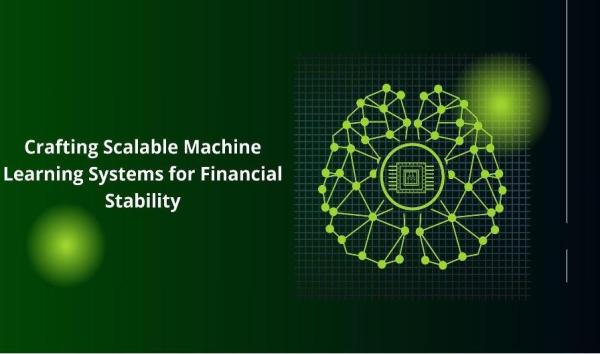
In today’s rapidly evolving digital landscape, Mithun Kumar Pusukuri’s groundbreaking research presents a transformative approach to real-time credit risk detection through machine learning. Drawing on extensive expertise in scalable system architectures, his work introduces a robust framework that integrates advanced observability, real-time analytics, and automated feedback mechanisms. This innovative system addresses critical challenges such as feature drift, model reliability, and scalability, providing financial institutions with a powerful tool to enhance decision-making, reduce false positives, and adapt dynamically to shifting market conditions.
Revolutionizing Risk Detection
Credit risk management has traditionally relied on static models that often fall short in addressing the dynamic nature of financial markets. A cutting-edge pipeline has been introduced, emphasizing feature drift detection, automated feedback loops, and a robust testing infrastructure. These advancements not only enhance model reliability but also enable adaptation to changing data patterns, significantly improving prediction accuracy.
Innovative Observability Framework
Observability in machine learning extends beyond monitoring to include metrics, traces, and logs that offer actionable insights. This system integrates advanced drift detection techniques using statistical methods such as Population Stability Index and Kolmogorov-Smirnov tests. These ensure real-time alerts and retraining triggers, creating a proactive, adaptive solution for financial applications.
Automating Feedback for Continuous Learning
A key innovation of the system is its feedback loop integration, which captures real-world credit outcomes and incorporates them into the training pipeline for continuous improvement. By leveraging an advanced temporal bucketing mechanism, the system effectively addresses delays in feedback from credit events. This ensures real-time adaptability, maintaining both responsiveness and accuracy in dynamic financial scenarios.
Streamlining with A/B Testing
A significant innovation lies in the shadow deployment of models within an advanced A/B testing framework. This approach allows for comprehensive model evaluation in real-world scenarios without interfering with live operations. Equipped with automated statistical analysis tools, the framework ensures accurate performance metrics, identifies potential issues early, and accelerates decision-making for deploying optimized model updates.
Architecting Scalability
Built on a modular, microservices-based architecture, this pipeline leverages technologies like Docker and Kubernetes for containerization and orchestration. Apache Kafka supports real-time data streaming, while Prometheus and Grafana provide intuitive performance monitoring dashboards. Together, these tools enable the system to handle high data volumes with low latency and efficient resource utilization.
Data Integrity and Real-Time Processing
To address the complexities of financial data, the system utilizes a dual approach combining batch and streaming data processing. Automated quality checks ensure data integrity, while real-time pipelines enable instant decision-making. This approach is essential for maintaining accuracy and responsiveness in today’s fast-paced financial environments.
Achieving Tangible Results
This system delivers measurable improvements, including a 27% increase in early risk detection and a 15% reduction in false positives. Its ability to handle high user loads with sub-100ms latency underscores its efficiency and scalability. By dynamically adapting to evolving market conditions, it sets a benchmark for reliability in financial applications.
Future of Financial ML Systems
Looking forward, this research lays the groundwork for integrating advanced AI techniques like federated learning and explainable AI tailored for financial contexts. Its adaptability positions it as a vital tool for financial institutions navigating the challenges of big data and real-time analytics.
To conclude, Mithun Kumar Pusukuri’s groundbreaking contributions represent a pivotal advancement in financial technology, illustrating the transformative potential of machine learning in credit risk detection. By integrating innovative observability frameworks and automation, his approach enhances model reliability, scalability, and adaptability to ever-evolving financial environments. This work addresses critical challenges such as data drift, latency, and real-time processing with precision, paving the way for future developments in automated risk management systems. His efforts set a robust foundation for innovation in financial decision-making technologies.